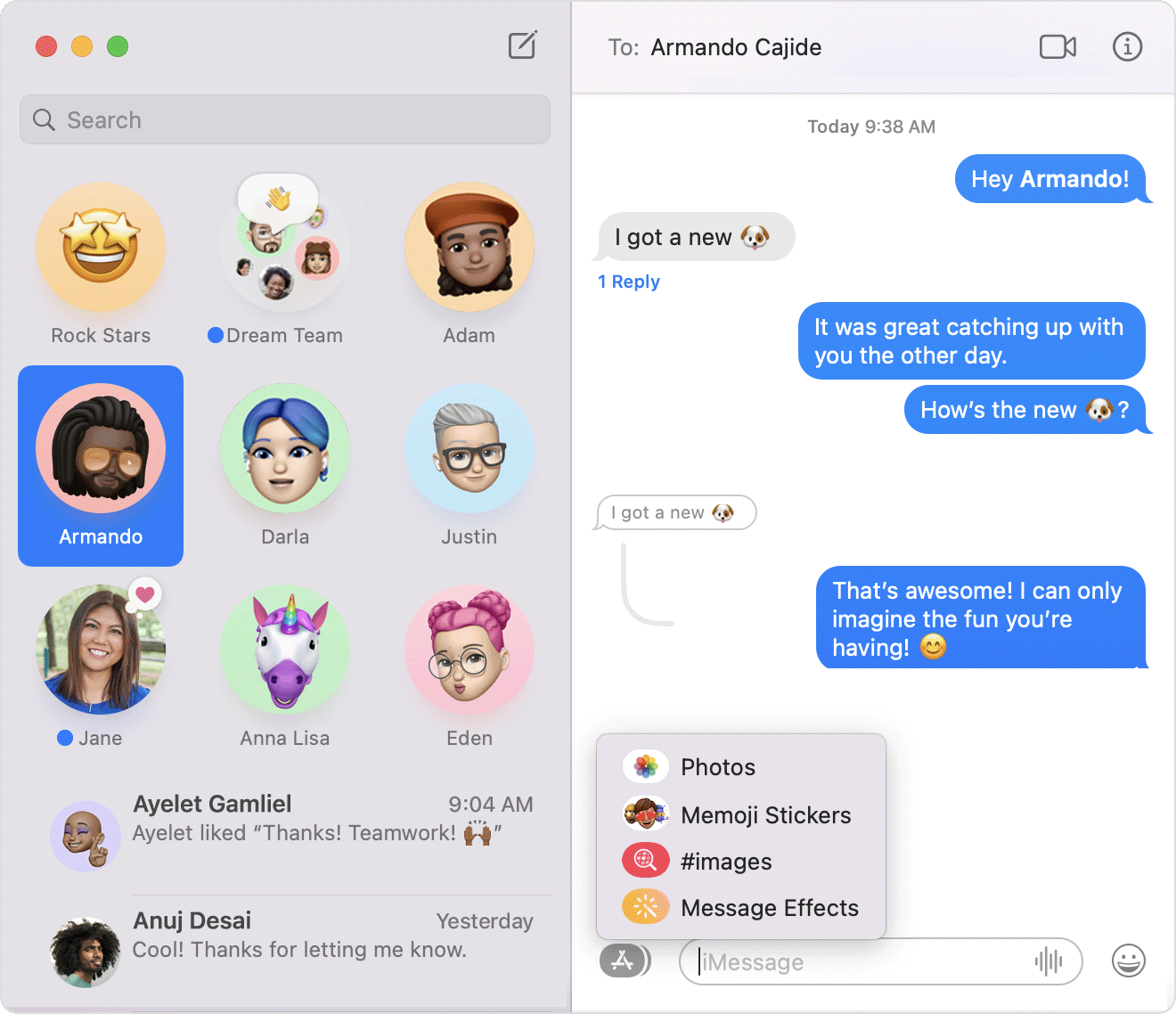

I have currently partitioned the new HD and am waiting for the new OS to download on the 2013 MacBook Pro. Sorry for the long time to respond I just ordered and received everything necessary to complete this operation. And, it is something one can (and I do) do every time to permanently delete EMails in Outlook 2016. I then quit Outlook 2011, navigated to that folder, moved the old Identity file to the trash, then deleted it.įor Outlook 2016, the method is different, but easier. However, for #2, I first re-launched Outlook 2011 to make sure there were no issues with the new database (which there were never any). I never had a problem regarding that third step. All of the deleted emails you were trying to remove will be back with it, but you can at least try rebuilding it again instead of being stuck with a non working identity." When Outlook is launched, it will use that one as if nothing had ever changed. Then remove the "backed up" part of the name so it just says Main Identity again. If for some reason the rebuilt identity doesn't open (I've never had it happen), you can drag the new Main Identity folder to the trash and put the original back. Your deleted emails will now actually be removed from the hard drive.ģ. Before deleting it, launch Outlook again to make sure the rebuilt data is opened correctly. Put the mail identity with in its name in the trash. Then /Microsoft User Data/Office 2011 Identities/. Quit the utility and go to the Documents folder of your user account. When it's done, you'll have a new Main Identity and the one it worked from, which now has an appended name of. Select your identity (most people normally have only the one) in the list and click Rebuild. Rather than Outlook's normal interface, you'll get the Microsoft Database Utility. Hold down the Option key and launch it again. Here are the instructions for doing that: What needs to be subsequently done is to rebuild that database as often as you want. I use both when I do my weekly disk cleanup/maintenance/repairs, and backup, processing, and it definitely helps in keeping both of my Macs running smoothly and without issues.Īnd, just to let you know, for Outlook 2011 (as part of Office 2011), when you "initially" delete an EMail, it does not get permanently removed from Outlook's mail database.
Update messages on mac reactions pro#
Again, there are both freeware (Onyx is an excellent choice) and commercial (TechTool Pro is another excellent choice) products to help you with that effort. If only you had a reliable backup taken right before the "disaster".Īlso, have you decided on which Samsung SSD to get, both in terms of 850 Pro versus 850 EVO, and size? I have not seen any sales on either yet, but Presidents' Day weekend is approaching.Īlso, I would strongly recommend that after you complete this project, that you perform disk cleanup/maintenance/repairs on a "frequent" basis. This feature is available in macOS Big Sur or later.That's too bad.

Their name is then highlighted in the message, and they will receive a notification letting them know that they have been mentioned. To help bring your message to the attention of a recipient, include before their name, like Or click their name after you type it.This feature is available in macOS Big Sur or later. To include other items, such as Memoji stickers, GIFs, and message effects such as balloons or confetti, click the Apps button.To include an audio recording, click the Record Audio button and record your message.To include an image or other file, drag or paste it into the message field.To include emoji, click the Emoji Picker button.Press Tab or click the message field at the bottom of the window, then type your message.Or click the Add button and choose from your contacts.

Type the name, email address, or phone number of one or more recipients.Click the New Message button at the top of the Messages window.You might be asked to sign in with your Apple ID.


 0 kommentar(er)
0 kommentar(er)
